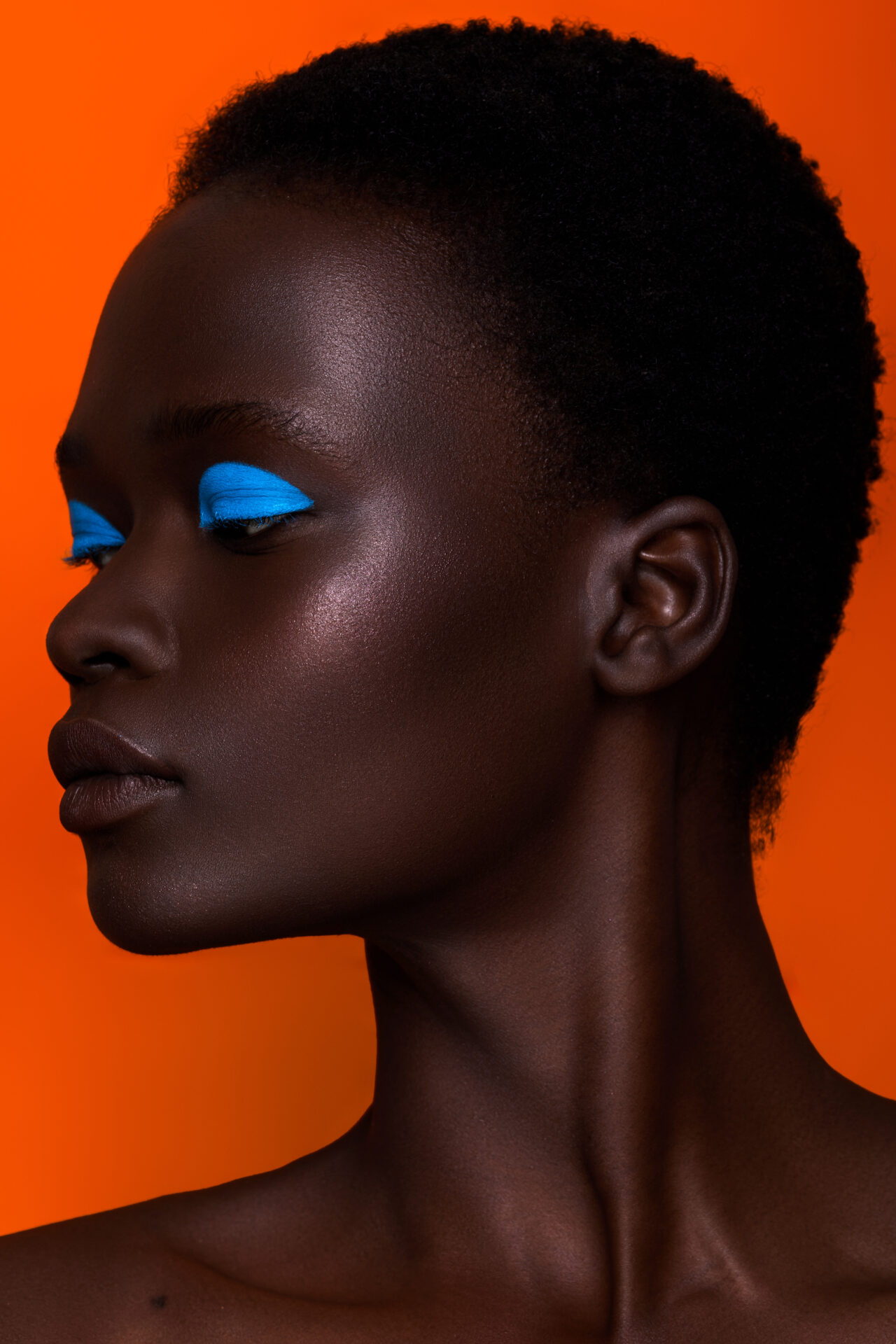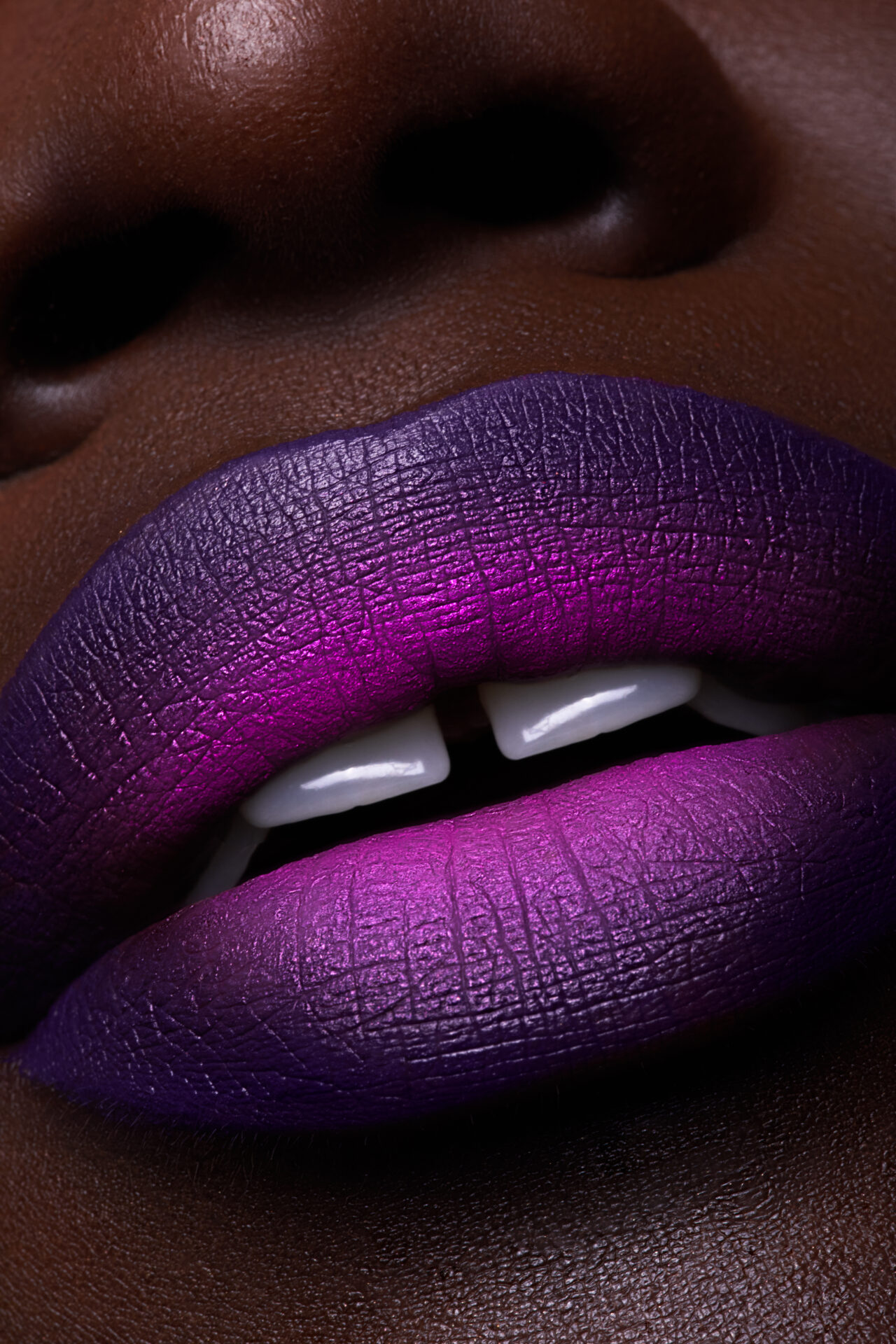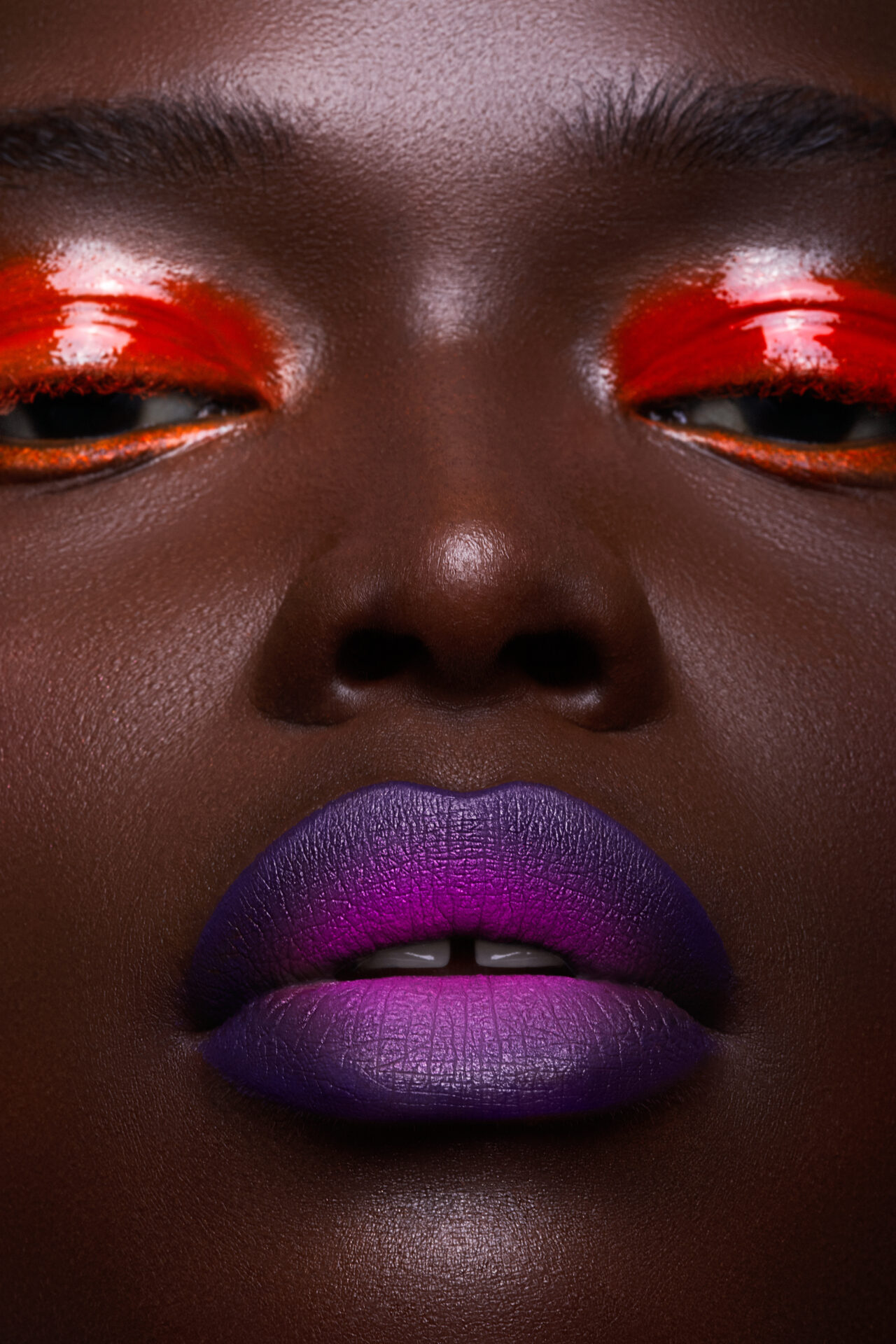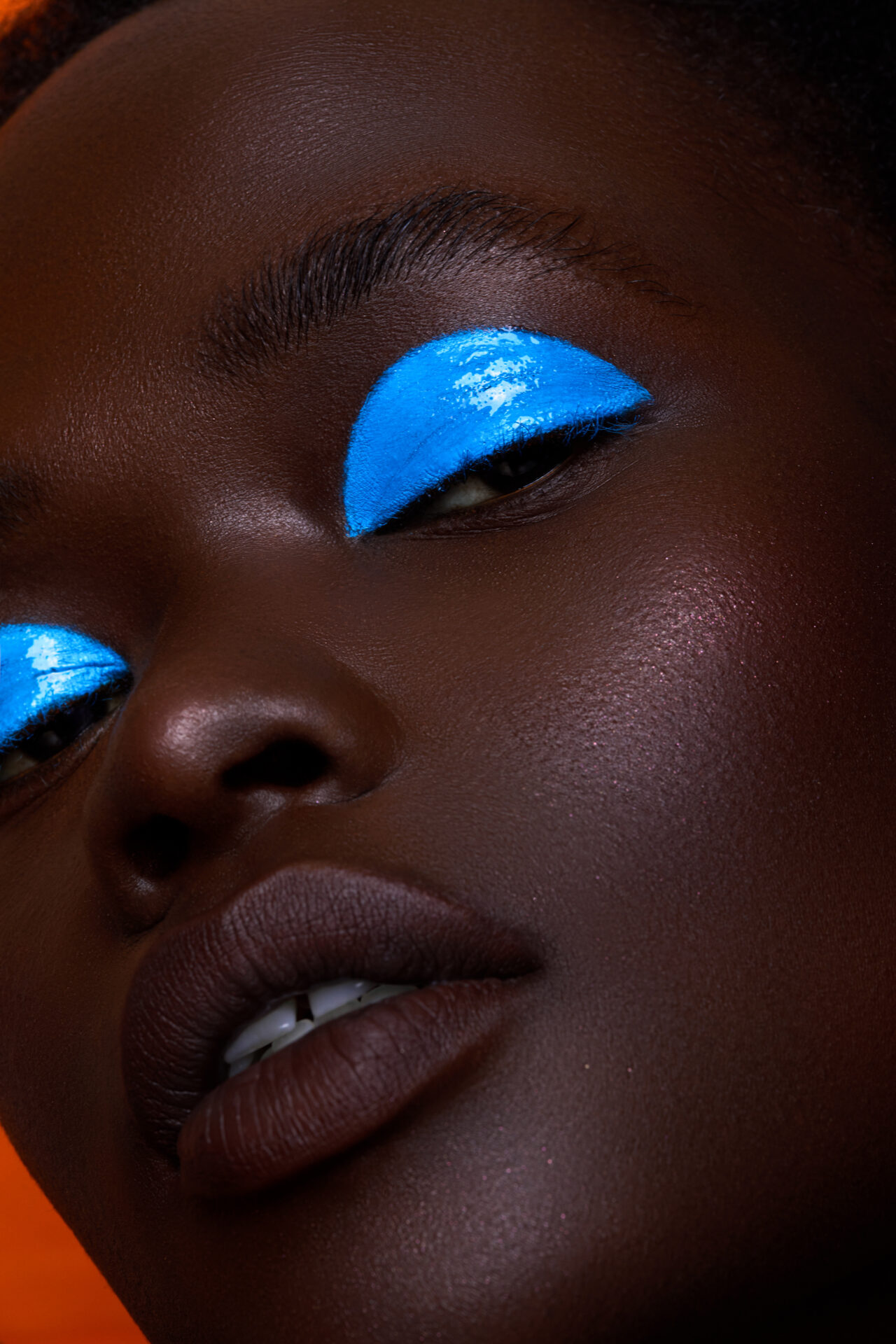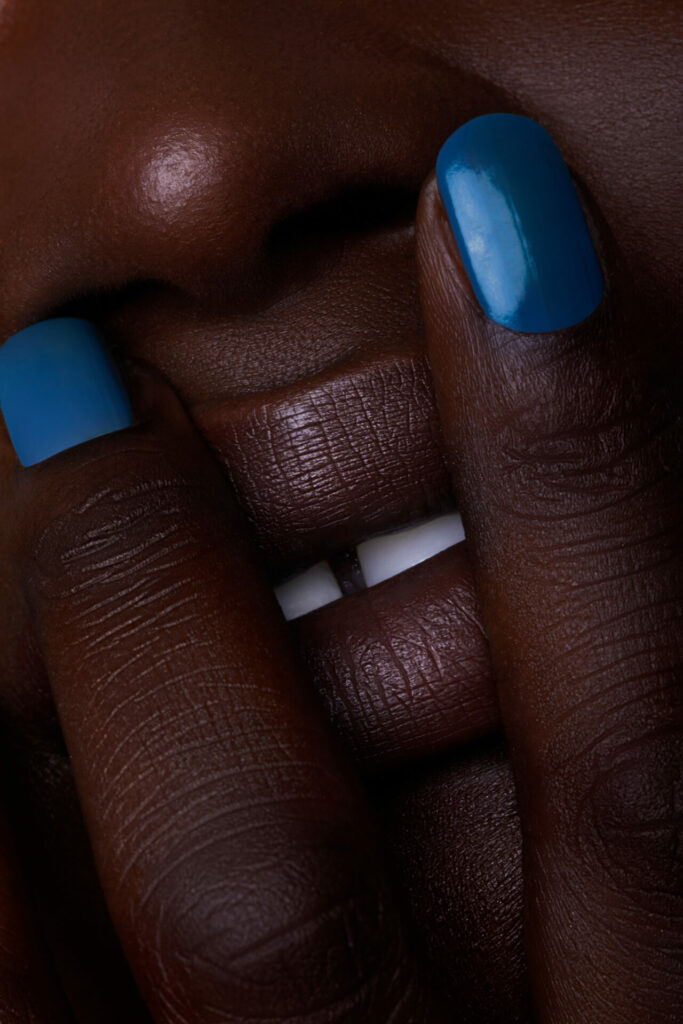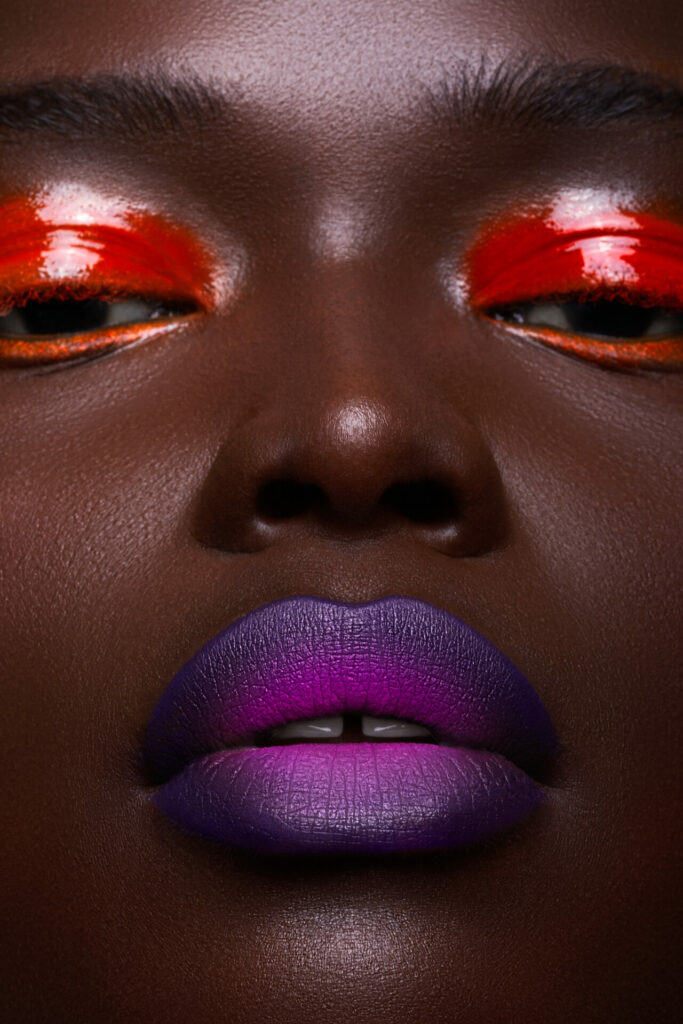
My personal aspiration for my photography has always been to get more out of my results than posting them once and never seeing them again afterwards. By publishing beauty and fashion editorials in magazines, I not only reach a larger audience, but also immortalize my stretches with great layout in print magazines.
I guess the question I am asked most often is, „How do I get my work published in a magazine?“. Unfortunately, there is no „patent remedy“ for this rather challenging question. Nevertheless, I have described a procedure that I follow for most editorials. I have abstracted this approach and broken it down into 7 concise steps. I do not claim completeness or general validity, but rather I would like to give a small insight into my personal work and approach to editorial publications.
1. inspiration & brainstorming
At the beginning, there’s the question: Where do you want to go? Trying to land a fashion spread in a magazine that only publishes beauty spreads is a hopeless endeavor. The magazines you want to see your editorial published in will offer you the best inspiration for your shoot. So take a close look at Vogue, Harper’s Bazaar or the magazine of your choice, for example, and try to analyze the different editorials in terms of their framework. But not only in print, but also online, for example on Pinterest, you can get great inspiration. With keywords like „beauty editorial“ you can find thousands of images.
If you’re targeting a very specific magazine, it’s advisable to look at that magazine with increased attention to photography and editing style. If your personal style fits into the already published tracks, it will increase your chance of being published in that magazine immensely.
2. CONCEPTION
After the brainstorming comes the conception. Which ideas can be combined in a shoot? What fits together, what doesn’t? With the ideas collected, a detailed shooting concept should then be worked out. The shooting concept contains clear instructions for everyone involved in the shoot: Make-up artists, hairstylists, set designers, etc.. In addition, a good and detailed shooting concept helps to get proposals from newcomer models at agencies.
3. TEAM
The result of an editorial shoot is only as good as the team behind it. In a shoot, many cogs have to mesh perfectly for the result to be right – which makes the selection of the people who make up the team all the more important. If they work well together, they can create a unique pictorial story. Probably the most important thing is the right choice of model. But also the make-up artist or a stylist should be able to identify with your concept. Especially in the beginning and without references, it is difficult to put together a suitable team. However, a professional concept can open some doors.
4. Shooting
Whether in the studio or outdoors, there is one most important rule when shooting: don’t deviate from the plan! It’s important that you constantly check whether you’re staying true to the concept you’ve set up. A good editorial is characterized by a clear line. Maintaining this requires a great deal of concentration and discipline, but it shows in the results. And if something doesn’t work out the way you imagined, change it until you are 100% satisfied.
5. Image selection
Whether in the studio or outdoors, there is one most important rule when shooting: don’t deviate from the plan! It’s important that you constantly check whether you’re staying true to the concept you’ve set up. A good editorial is characterized by a clear line. Maintaining this requires a great deal of concentration and discipline, but it shows in the results. And if something doesn’t work out the way you imagined, change it until you are 100% satisfied.
6. Image retouching
Once all the images have been selected, it’s time for retouching. It’s very important to give all the images a consistent look and never lose sight of the editorial as a whole. If you have a magazine in mind from the beginning that you would like to see your series published in, then also pay attention to whether the editorials already published there are rather little retouched or whether they have been retouched to perfection. The most important thing here, though, is that you like it and stay true to your style.
7. Send in the editorial
The editorial is ready and the last, seemingly most difficult step is missing: How do I find a magazine that will publish my editorial? Each magazine has different requirements for the form and type of submission. Some want a PDF with all images and credits for preview, others a Dropbox link with the images in small resolution is enough. What is the same for all magazines is the requirement to publish the track exclusively first. So never post a track on Facebook or Instagram, for example – No magazine will still publish it then.
It is advisable to read through the guidelines of the respective magazine before submitting and prepare the editorial accordingly. The information about this can usually be found on the magazine’s homepage.
The quality of your series is the most important criterion of a magazine publication. If you have to compromise on any of these points, make sure that they do not affect the quality of your results. Again, don’t settle for compromises. My latest beauty editorial, which you can see here, was shot with the Canon 5D Mark III and the SIGMA 135mm F1,8 DG HSM | Art.


